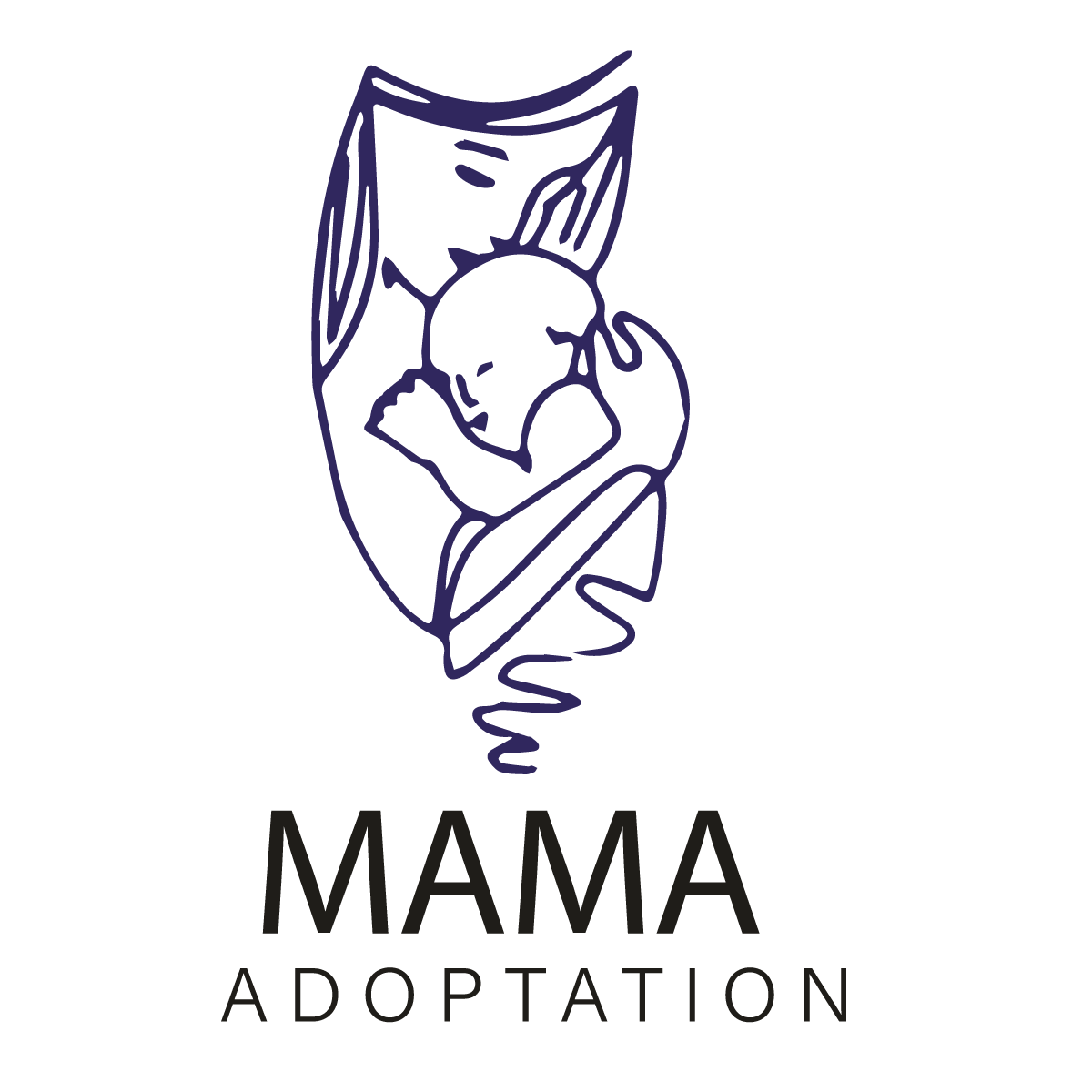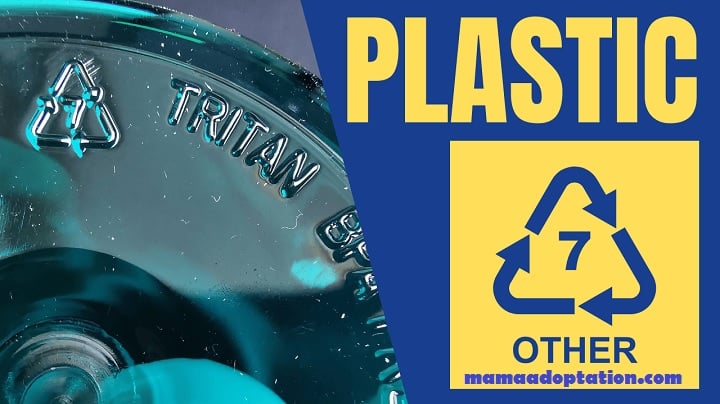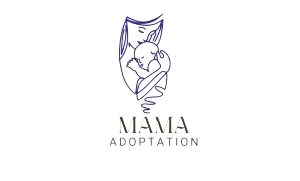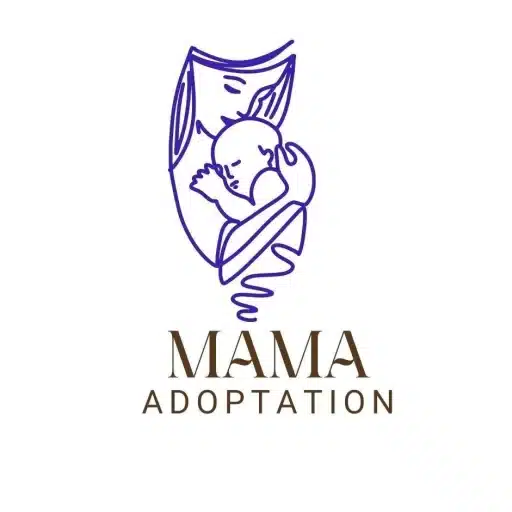Plastic Number 7 is used in many household products, including baby bottles and food containers. Many parents are concerned about the safety of this type of plastic, as it has been linked to some health risks.
The most common form of Plastic Number 7 is polycarbonate, which contains bisphenol-A (BPA). BPA has been found to have potential hormone-disrupting effects on humans and animals when exposed to high levels. In particular, studies have shown that it can affect infants and children’s nervous systems and reproductive organs.
Despite concerns about its safety, manufacturers insist that BPA levels in consumer products are safe for human use.
What is plastic number 7?
Plastic Number 7 is a type of plastic resin that has become increasingly popular in recent years due to its versatility and ability to be used for various purposes. It is highly durable and can be made into several useful products, from containers and toys to furniture and automotive parts. Although it can be recycled, it is usually only accepted by some local recycling programs due to its composition.
Plastic Number 7 is typically made up of polycarbonate, polylactide plastics, and other chemicals such as bisphenol A (BPA). As BPA has been linked to health issues such as hormone disruption and cancer, the use of this plastic resin has been controversial in recent times. However, there are many safe alternatives available that are free of any dangerous chemicals.
The most common types of Plastic Number 7:
Number 7 plastic is one of the most common forms of plastic and is used in a wide range of products, from food containers to furniture. This type of plastic has been around for decades and is known for its high strength and durability. It is also highly resistant to heat, chemicals, and other environmental factors.
Most commonly found in food packaging such as water bottles, yogurt cups, straws, medicine bottles, and disposable cutlery, number 7 plastic belongs to the “other” category of plastics that don’t fit into any other specific categorization. This includes polycarbonate (PC), nylon (N), acrylic (A), fiberglass (F), and more.
Polycarbonate (PC):
Polycarbonate, or PC, is a plastic that has become increasingly popular over the last several years. It is classified as Plastic Number 7 and is known for its affordability, durability, strength, and lightweight qualities. Polycarbonate offers many advantages compared to other plastics such as ABS, polystyrene, and polyethylene.
Polycarbonate possesses various unique characteristics, including resistance to heat and chemicals and the ability to be molded into shapes with intricate detail and transparency. Its superior strength makes it ideal for use in applications where high-impact resistance is needed, such as automotive parts or medical devices.
Additionally, polycarbonate can be used in optical applications due to its clarity, allowing light to pass through easily without distortion or glare. With these features and its affordability, polycarbonate has become one of the most sought-after plastics on the market today.
Polylactic Acid (PLA):
Polylactic acid (PLA) is a biodegradable plastic derived from renewable resources such as cornstarch, sugarcane, and cassava. PLA is classified as plastic Number 7, meaning it can be recycled or composted in industrial sites. PLA has recently become very popular due to its environmental benefits over traditional petroleum-based plastics.
PLA has many advantages over other plastics. It is more vital than most petroleum-based plastics, does not emit toxic fumes during manufacturing, and is less susceptible to breakage when exposed to extreme temperatures.
It also decomposes naturally within 4-6 months when exposed to elements like soil or water—making it an ideal choice for packaging materials that come into contact with food or liquids. Furthermore, PLA can also be used in 3D printing applications due to its low melting point and ease of molding.
Acrylonitrile butadiene styrene (ABS):
Acrylonitrile butadiene styrene, also known as ABS, is a type of plastic with many unique characteristics. This plastic is lightweight, strong, and resistant to corrosion. It’s often used in producing appliances and electronics due to its durability and low cost. Additionally, it’s numbered 7 in the “plastic identification code,” indicating that it’s suitable for food contact applications.
ABS plastic has excellent chemical resistance, making it ideal for harsh environments where other plastics cannot be used. It can also resist impacts more effectively than other types of plastic due to its flexibility and strength.
Furthermore, its heat resistance allows repeated exposure to high temperatures without deforming or melting the material. This makes ABS famous for manufacturing parts that must remain stable at high temperatures, such as car body panels or kitchen appliances.
Acrylonitrile styrene (AS) or styrene acrylonitrile (SAN):
Acrylonitrile styrene (AS) and styrene acrylonitrile (SAN) are two common types of plastic that are commonly labeled as “Plastic Number 7” due to their chemical composition. They have some similar properties, but there are also some distinct differences.
Acrylonitrile styrene is a copolymer made up of equal parts styrene and acrylonitrile. It has excellent impact strength, heat resistance, and stiffness compared to other plastics, making it ideal for automotive interior components, kitchenware, and toys. Styrene acrylonitrile is also a copolymer made from equal parts of each monomer, but its unique properties make it suitable for different applications than AS.
Is plastic number 7 safe for babies?
Plastic number 7 is a common sight in many households, but just how safe is it for our babies? With the ever-growing concern about the safety of plastics, many parents are wondering what they can do to ensure their little ones are kept from potential risks.
The truth is that plastic number 7 is generally safe for babies. It is non-toxic and doesn’t contain any known carcinogens or reproductive toxins. As with all products that come into contact with your child’s skin, you should check labels carefully to ensure there are no harmful chemicals or contaminants present.
Additionally, it would also be wise to avoid using any plastic items that have been exposed to high temperatures or harsh chemicals, as these may increase the risk of leaching hazardous substances into food or drink.
Identifying which plastic you are dealing with to find the plastic number 7 without BPA:
From water bottles to food containers, plastic is all around us, and it can be challenging to identify which type of plastic you are dealing with. Identifying which type of plastic you have is vital if you want to avoid BPA (bisphenol A) exposure. Plastic No. 7 is a type of polycarbonate and usually contains BPA.
When identifying plastic, the number inside the triangle symbol that can usually be found on the product label will indicate what kind of plastic it is made from. Suppose there’s an “7” inside this triangle symbol.
This item has been made using polycarbonate and most likely contains BPA, unless expressly noted as “BPA-free.” The best way to find plastics without BPA would be to look for labels that explicitly state that they are “BPA-free.”
Alternatives to using plastic baby products:
In today’s world, it is common for parents to turn to plastic products for their babies. However, numerous alternatives to plastic baby products can be just as durable and safe.
One of the most popular alternatives to plastic is clothing made from bamboo fiber or organic cotton fabric. Bamboo is not only naturally antibacterial and hypoallergenic but also biodegradable and renewable. This makes it an excellent choice for parents who want to reduce their carbon footprint while still providing a safe and comfortable product for their baby. Organic cotton fabric is also an excellent option since it lacks harsh chemicals that could potentially irritate sensitive skin.
Another alternative is glass containers or bottles made with borosilicate glass, known as “Plastic Number 7” in the industry.
Learn about the other plastic numbers:
The plastic numbers on the bottom of our containers and food packaging can be confusing, but understanding what they mean is essential for protecting our environment. Have you heard about plastic number 7? It’s becoming increasingly common, and it’s essential to know what it means for your health and the environment.
Plastic number 7 is considered a “catch-all” category that includes all types of plastics that don’t fit into any other categories. For example, this could include polycarbonate (PC) or bioplastics such as polylactic acid (PLA).
Unfortunately, many plastics with a number 7 do not get recycled at standard facilities due to their complex chemical makeup. As a result, these plastics often end up in landfills, where they can take centuries to degrade and release harmful chemicals into the environment.
Conclusion:
It is essential to be aware of the different types of plastic and their safety levels when it comes to babies. Plastic number 7, also known as PC, is a type of plastic that can contain BPA and other dangerous toxins.
As such, it is best to avoid using products made with this kind of plastic when caring for babies. Instead, opt for products made from safer materials, such as glass or stainless steel.
Read more…








